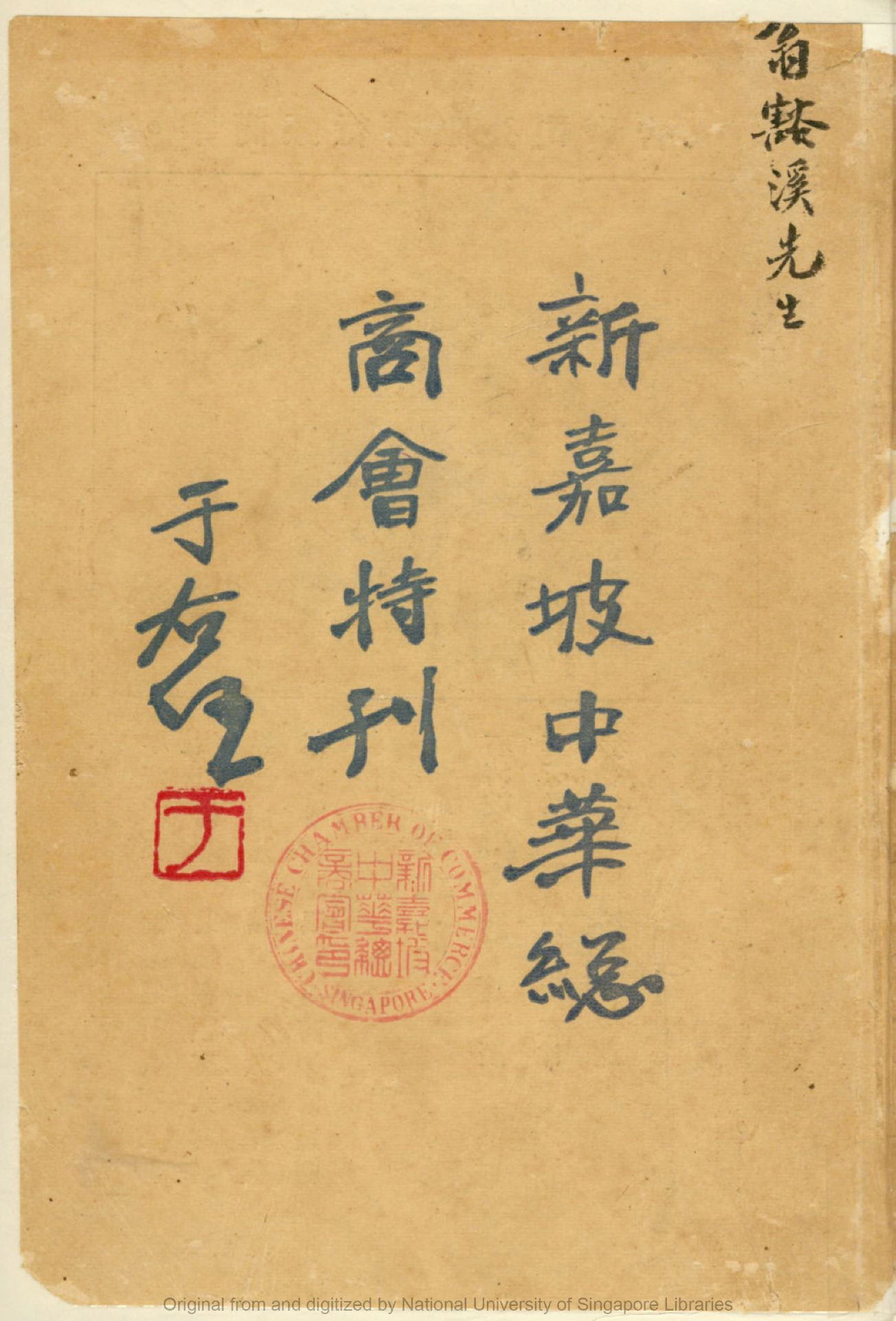Southeast Asia is the region of Chinese emigration with the longest diasporic history and the largest diaspora population.
During the Song Dynasty (AD 960 – 1279), China’s commerce started to enter foreign lands, bringing the practice of China’s domestic commerce, handicrafts and mining to places such as the Philippines, Java and West Borneo. This was the first wave of Chinese emigration to Southeast Asia. Thereafter, Chinese emigration to Southeast Asia included businessmen, labourers, the descendants of earlier emigrants, and re-emigrants.
Originally composed largely of short-term fortune-seekers, the Southeast Asian Chinese diaspora gradually came to call Southeast Asia home, forming the largest group of native Chinese overseas.
For centuries, Chinese emigrants to Southeast Asia have founded various clan organisations, schools, newspapers and journals, leaving thousands of documents of historical interest.

As of today, 456 volumes of Chinese publications on Southeast Asia have been digitised in our Chinese in Southeast Asia collection. It comprises collections of important documents such as weekly magazines, internal newsletters of schools and social organisations, history books, familial genealogies and pictures. These publications are grouped in 10 categories, namely:
- History and Culture
- Societies
- Literature
- Education
- Philosophy and Religion
- Business and Economics
- Politics
- Arts
- Language
- General Works (Others)
These valuable documents are primary sources for research on the history of Chinese immigrants, including their political and economic activities.

Published in 1898, 五百石洞天挥尘(Wu Bai Shi Dong Tian Hui Chen) by Khoo Seok Wan is the oldest publication in the collection

新加坡中华总商会特刊 (Xin Jia Po Zhong Hua Zong Shang Hui Te Kan), published by Singapore Chinese Chamber of Commerce, 1931

新加坡风土记 (Xin Jia Po Feng Tu Ji) by Li Zhongyu, Singapore, 1947 reprinted; original Suzhou, 1897

新嘉坡华校概况 (Directory of Chinese Schools), Singapore, 1952

